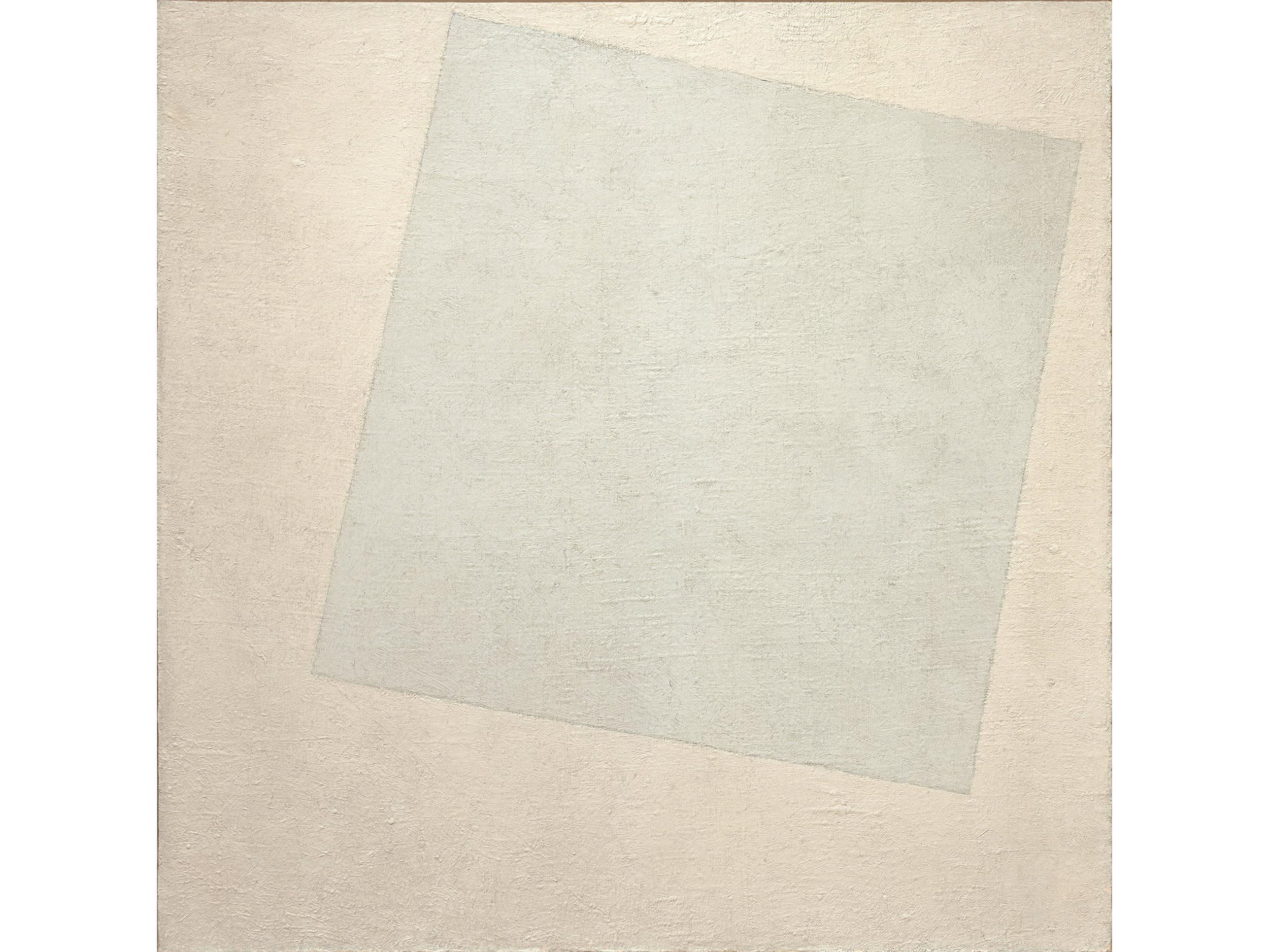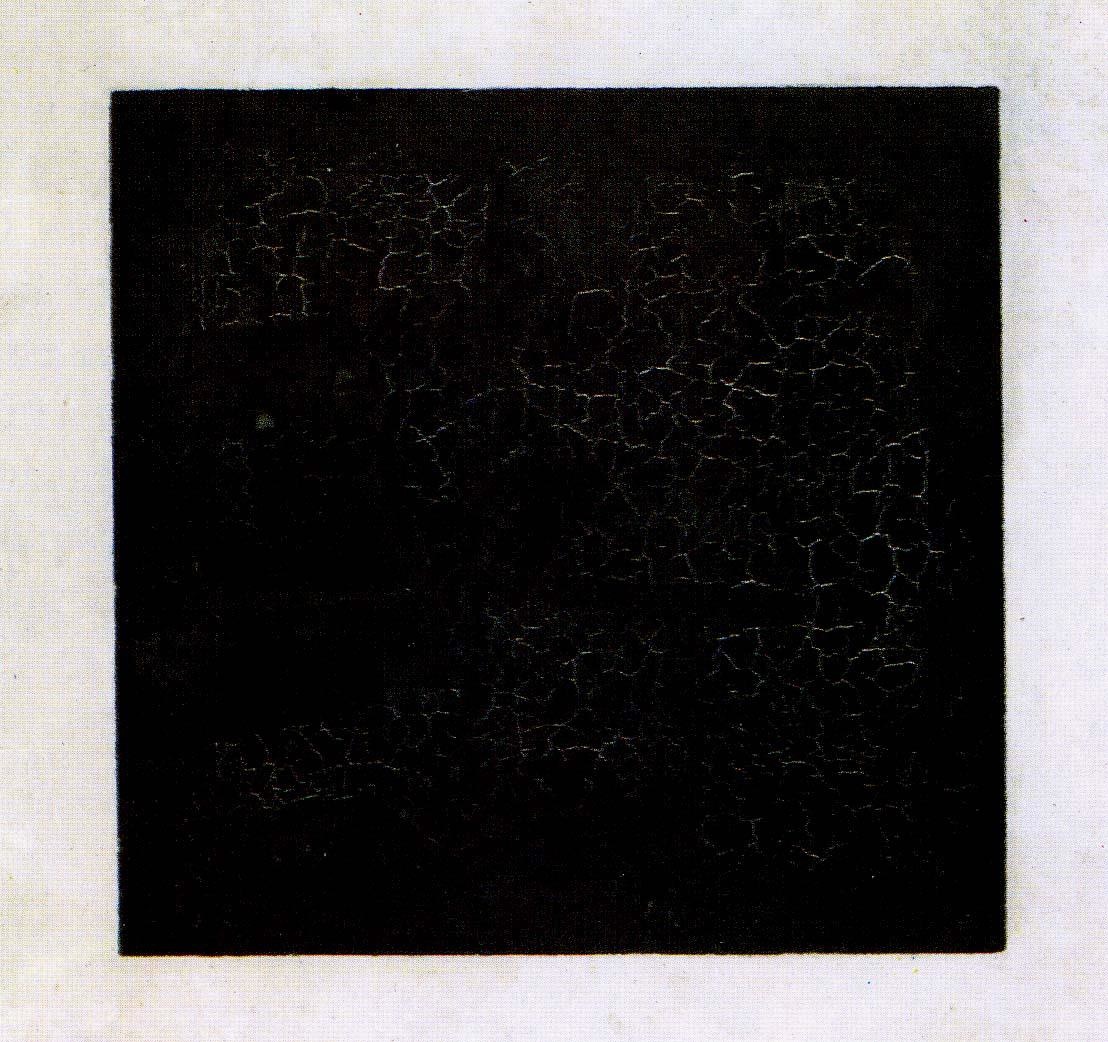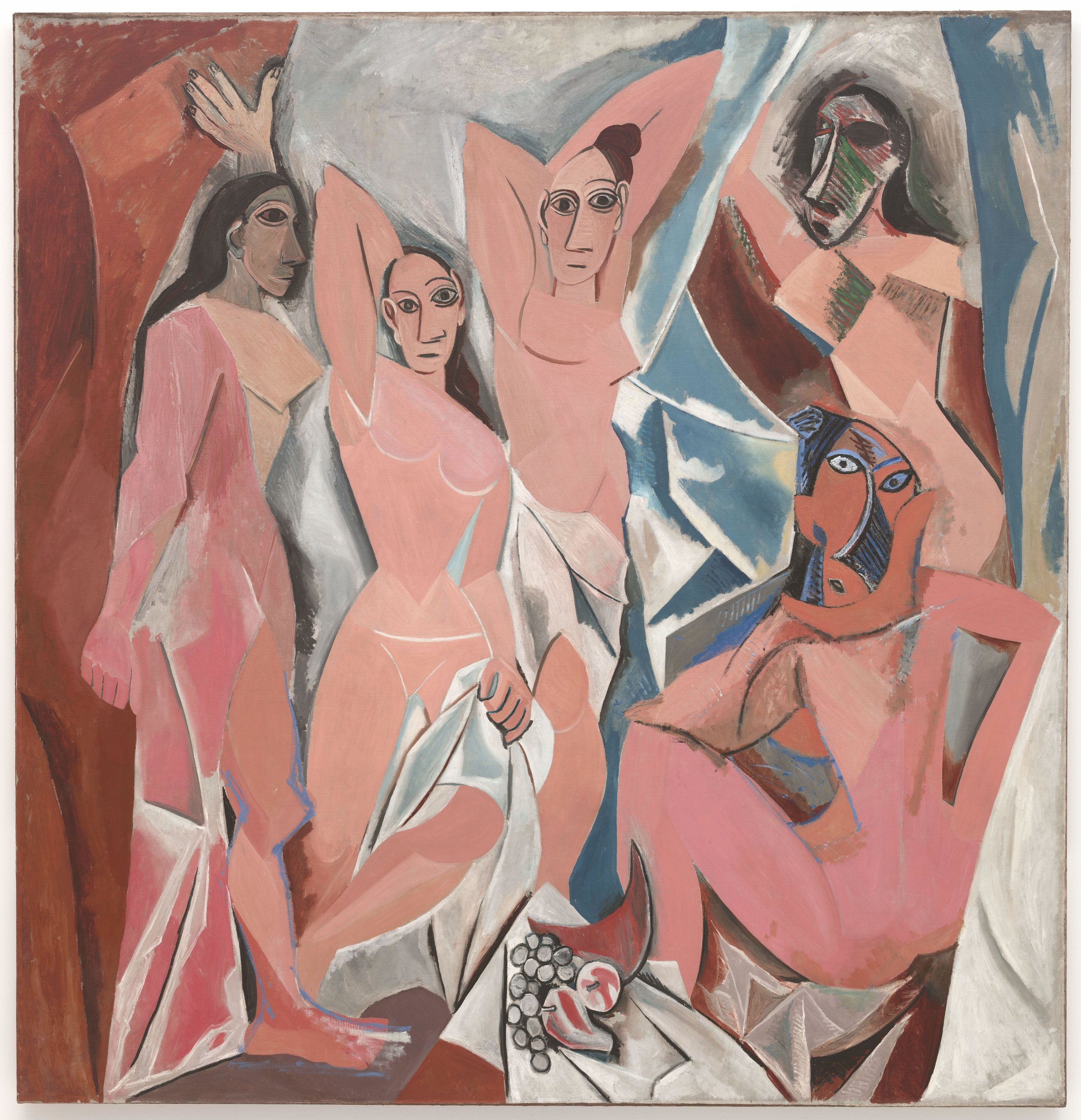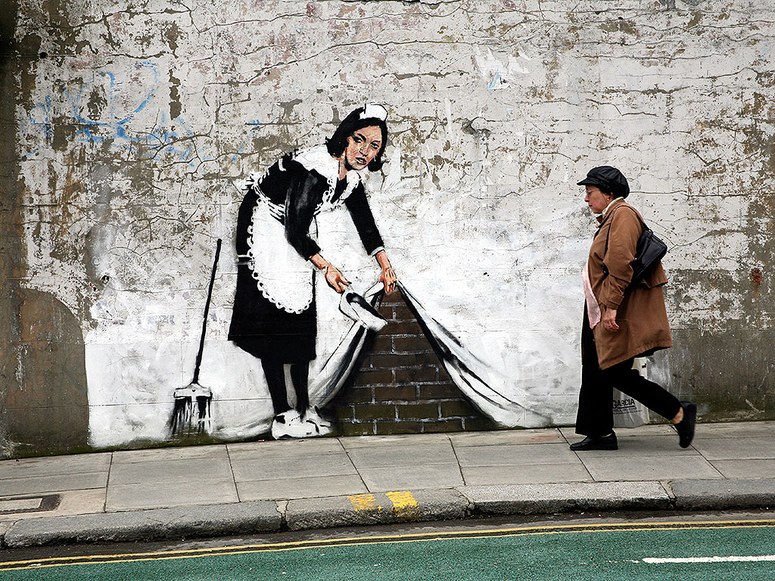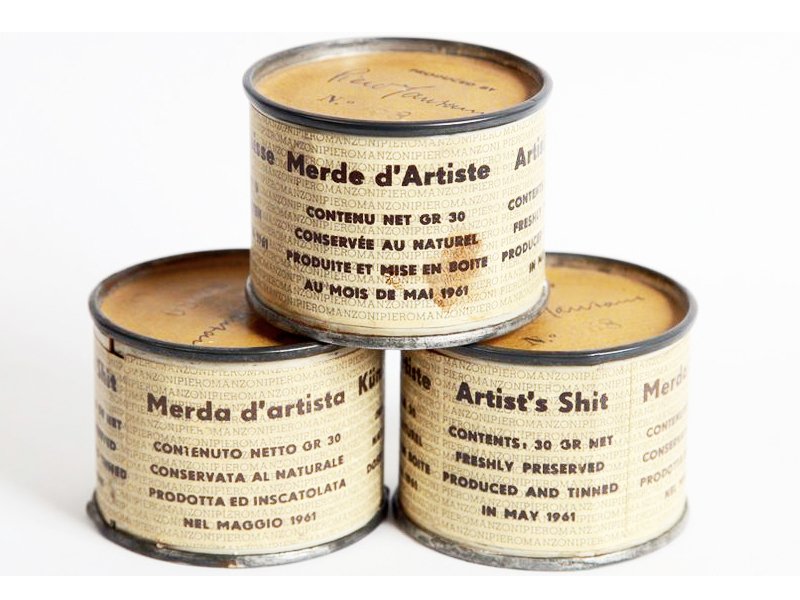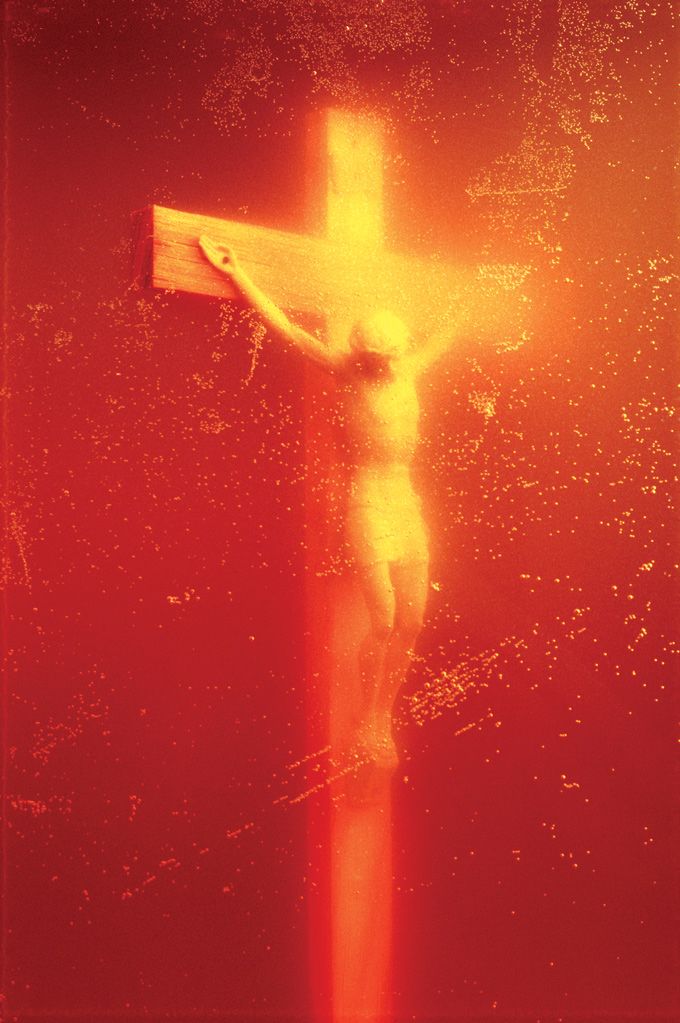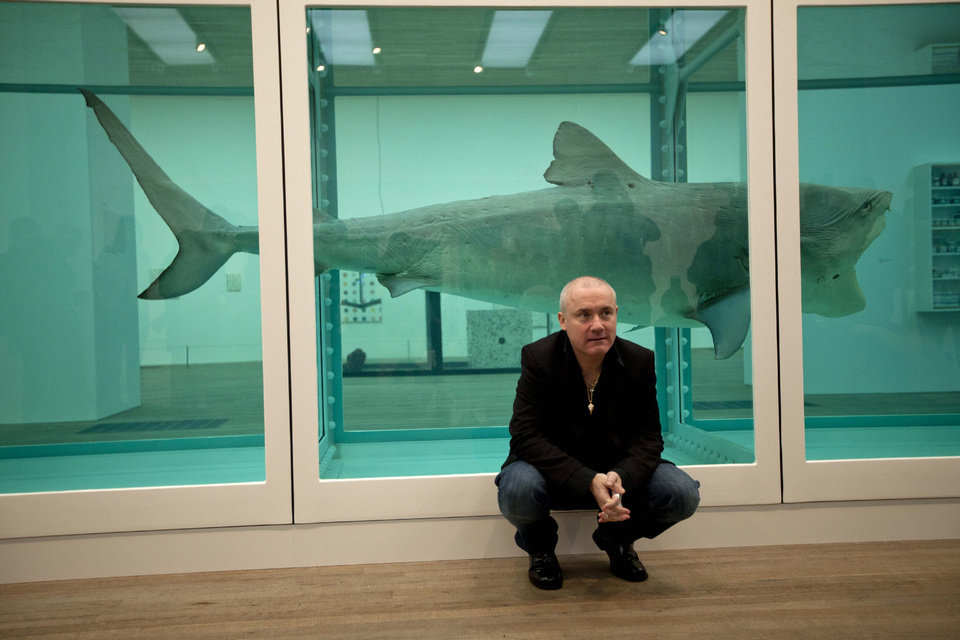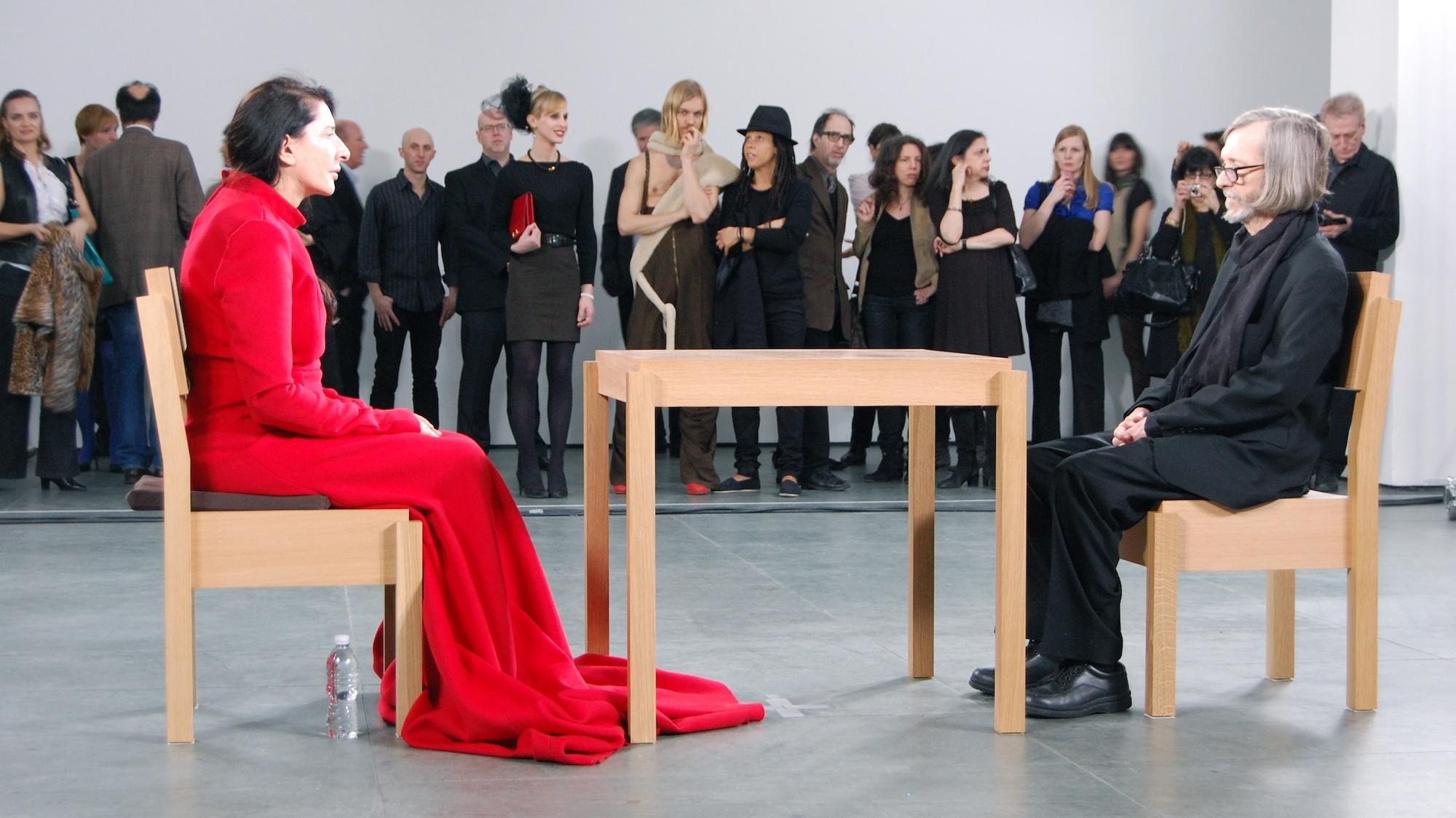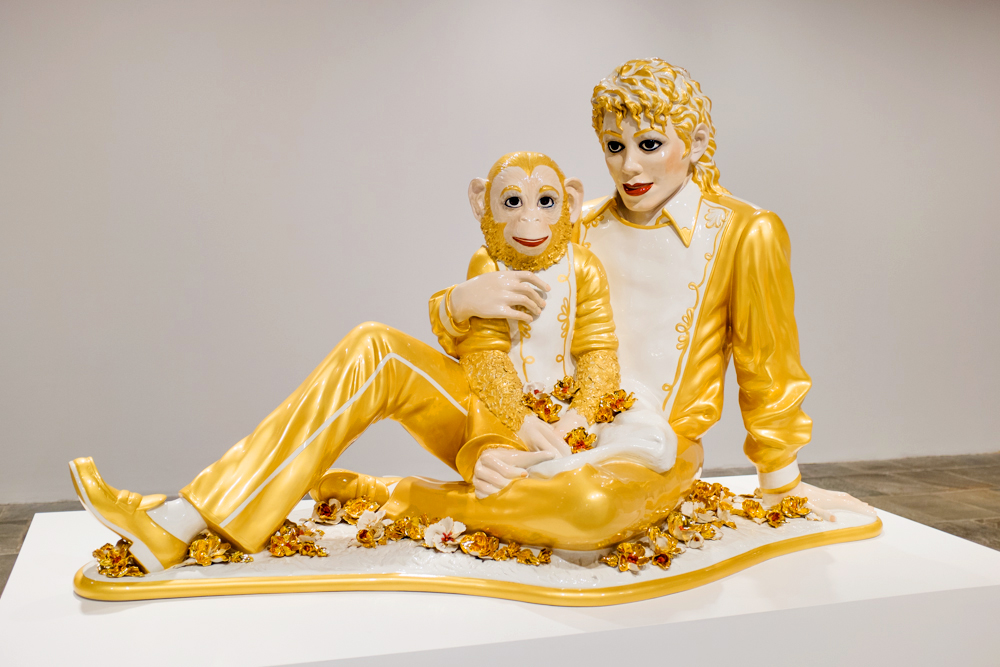AREAS OF KNOWLEDGE:
THE ARTS:
DUCHAMP’S FOUNTAIN
Marcel Duchamp (1917, replica 1964) Fountain. Tate, London.
Public domain photograph by Alfred Stieglitz at the 291 (Art Gallery) following the 1917 Society of Independent Artists exhibit, with entry tag visible.
CLASS ACTIVITY I: DUCHAMP'S FOUNTAIN
Begin by asking students if they have seen Duchamp's Fountain before? Without offering cues ask: Is this art? What on earth is going on here? Before the whole class conversation abates, move on to the two videos. After the videos solicit any for further insights.
CLASS ACTIVITY II: PERFORMING JOHN CAGE'S 4'33"
John Cage's 4'33" is quite a contrast to the Shostakovich 8th String Quartet. It is, perhaps, the musical equivalent to Malevich's Black Square or White on White oil paintings shown below.
The entire student group should perform 4'33" with maximum theatrical aplomb and full use of live classical music performance conventions. The most fun can be had by booking the school music room in advance, handing out instruments, having copies of the score on music stands, and appointing a conductor who will keep an eye on the clock, and will perform with a mostly static baton and appropriate gravitas. The audience should be careful not to applaud or cough between movements; but should show enthusiastic appreciation before and after the performance in its entirety. The activity works even better if the music teacher joins in the facilitation and offers expertise during a short conversation following the performance.
Sheet music and performance notes for John Cage (1952) Tacet: for any instrument or combination of instruments.
Duration 4 minutes 33 seconds.
CLASS ACTIVITY III: PROVOCATIVE ARTWORKS STACK
Students should be given time to work in pairs and explore the following stack of provocative artwork (also the Warhol video), paying particular attention to the dates and the fragments of commentary. Printable pdf. of the artworks and questions.
After several minutes of sharing perspectives, ask students to rank the artworks in two different ways:
A. Esthetic beauty
B. Skillful manipulation of the chosen medium in the making process
Call on several pairs to report back to the entire class. Try to reach some consensus. Follow this by revisiting the tentative bullet points for a definition of art based on The Rembrandt Self Portraits. Finally address the Knowledge Questions below as an entire class.
KNOWLEDGE QUESTIONS
What is conceptual art? To what extent is all conceptual art a footnote to Duchamp?
What specific works in the stack extend the boundaries for how we think about art. How precisely do they achieve this?
To what extent is originality important in assessing the quality or significance of a work of art?
From your own perspective are any of these works almost entirely bogus? Justify your response.
Marcel Duchamp (1912) Nude Descending a Staircase, No. 2. Oil on canvas. Philadelphia Museum of Art.


